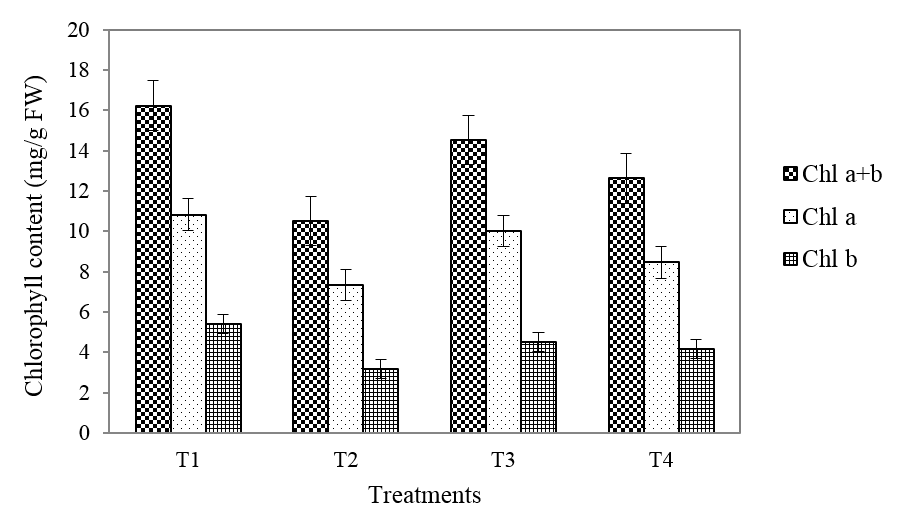Effect of Salinity on the Growth and Cadmium Accumulation of Vetiveria nemoralis
Main Article Content
Abstract
One of the major targets for phytoremediation is the removal of toxic heavy metals from the contaminated sites. This study investigated the effect of the salt stress (EC 3.5 dS/m) on the growth and removal of cadmium (Cd) (333 mg/kg) from spike contaminated soils by growing vetiver grass (Vetiveria nemoralis) in a pot experiment for forty five days. There were four treatments, including uncontaminated soil, uncontaminated saline soil, contaminated soil, and contaminated saline soil. V. nemoralis survived and grew well in the saline soil with or without contaminants. The presence of salt did not affect the total amount of chlorophyll in the plant tissues. No toxicity symptoms were evident from plant morphology after forty five days of exposure. Cd had accumulated mainly in the roots of V. nemoralis, while plants grown in saline soil showed the highest Cd accumulation in the roots (191.5 mg/kg) and uptake (2.8 g/plant). The results suggested that Cd accumulation in plants was not affected by either salinity or contaminant, while slight reduction in shoot height was caused by contaminants.
Article Details
Published articles are under the copyright of the Environment and Natural Resources Journal effective when the article is accepted for publication thus granting Environment and Natural Resources Journal all rights for the work so that both parties may be protected from the consequences of unauthorized use. Partially or totally publication of an article elsewhere is possible only after the consent from the editors.

